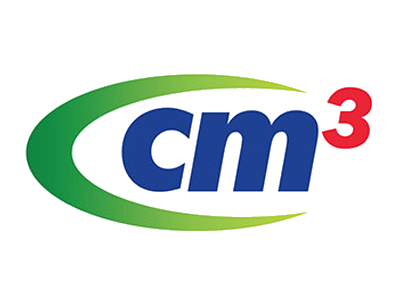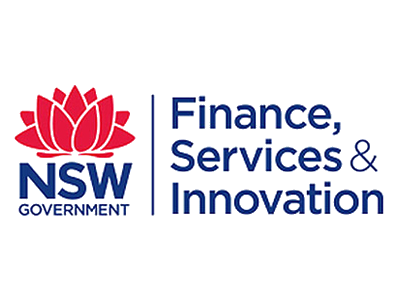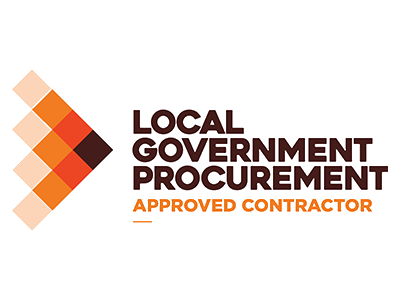Headway Management
Headway management is maintaining equal frequency of services along a route.
Population growth has increased the demand for higher frequency of services, growing the debate to move to headway frequency.
Is headway frequency the way of the future?
The answer requires extraction of the benefits and challenges and then model the suitability for individual bus routes.
Benefits of headway management of bus services includes:
- Good customer service and experience
- Known maximum wait time for next service
- Service frequency and reliability of service increases customer confidence and attracts new customers
- Induce mode shift from the private car and reduce road congestion.
Current challenges include:
- Managing headway with traffic congestion and pinch points
- Headway adjustment may reduce capacity
- Headway management may require cancellation of trips to restore headway
- Traffic Light Phasing prioritising bus services
- Does our road infrastructure support headway (on street parking, clearways, bus stop
- design, indented bus bays)?
- Additional vehicles and drivers maybe required on standby to restore headway
- Does headway management have a customer impact (missed trips)
- Should headway be centrally managed, or should vehicles be fitted with headway management technology for drivers to self-manage?
- What method of management is most suitable, and what is the cost of this model?
- Driver education and adherence to headway
Implications:
- Cost of technology in buses
- Cost of dedicated resource to monitor and adjust services to maintain headway
- Cost of standby buses
If operating a headway frequency has increased costs and potential impact to customers, is it the way of the future?
If the customer experience is seamless, is it worth the additional cost of standby vehicles? Will transport agencies fund these additional costs?

















